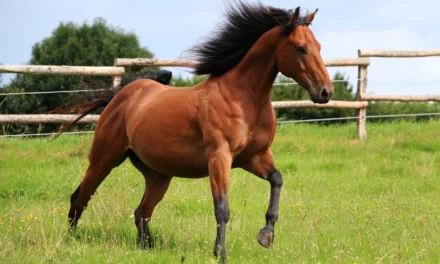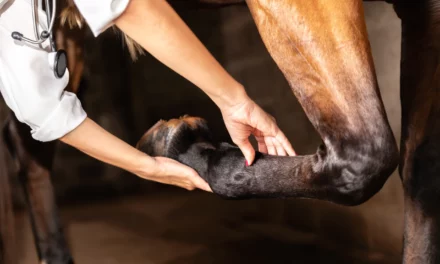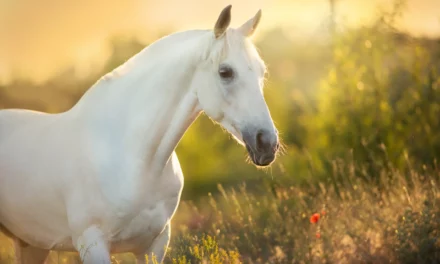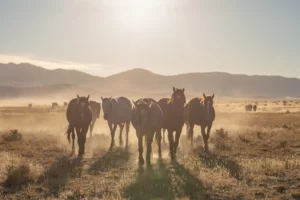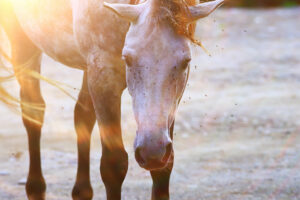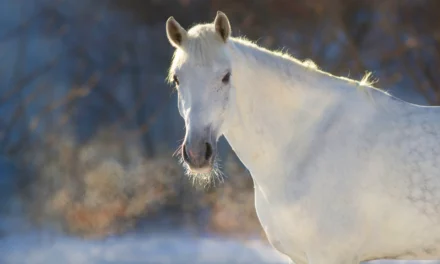
Old home remedies help against coughing
Reading Time: 7 minutes Spring, but also autumn brings what Chinese medicine calls “wind diseases” with it. One of them is the common cold. The first horse in the stable starts coughing and / or has a nasal discharge and within a few days half the stable is sick. Horses are like humans and

